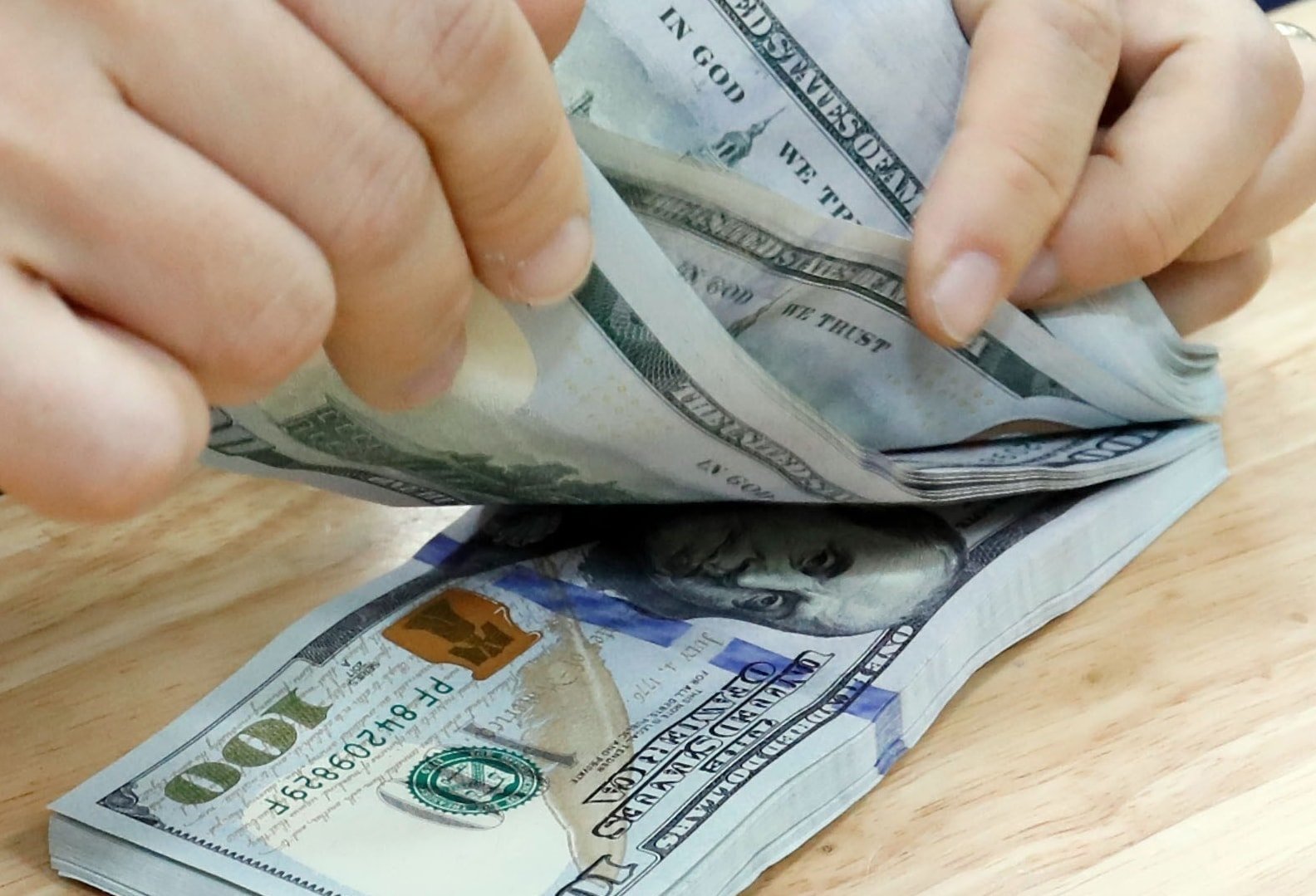In the domestic market, the reference USD exchange rate at the State Bank of Vietnam has slightly decreased, currently trading at 23,743 - 26,137 VND.
The EUR exchange rate at the State Bank of Vietnam increased slightly, reaching 27,001 - 29,843 VND.
The Japanese yen exchange rate also recorded a slight increase, listed at 166 - 184 VND.
At commercial banks, foreign currency exchange rates on May 27 did not fluctuate much compared to the reference from the Exchange.

On the international front, the USD Index (DXY), which measures the greenback's strength against a basket of six major currencies, fell 0.18% to 99.83 points.
The US dollar continued to decline against many other major currencies in the world market. This move reflects the latest developments related to the trade and fiscal policies of the Donald Trump administration.
In particular, the plan to impose import tariffs of up to 50% on goods from the European Union (EU), originally scheduled to take effect from June 1, has been postponed to July 9. This delay is said to facilitate negotiations towards a trade agreement "more favorable to the United States", taking place right after a phone call between Mr. Trump and President of the European Commission Ursula von der Leyen on May 25, showing goodwill for serious negotiations from both sides.
In response to the signal of "cooling down" trade tensions from the US, the EUR reacted positively by soaring 0.55%, reaching 1.1418 USD - the highest level since April 29.
In the previous trading session, the common European currency also increased by 0.17% to 1.1375 USD. Since the beginning of the year, the EUR has strengthened significantly, increasing by nearly 10% compared to the USD. Ms. Christine Lagarde, President of the European Central Bank (ECB), in a speech on May 26 in Berlin, commented that the EUR has the potential to become a reserve currency to replace the USD if the EU continues to strengthen the financial system and internal security.
Not only EUR, the British pound (GBP) also recorded a strong recovery. In the session on May 27, this currency increased by 0.39%, reaching the highest level since February 2022, and ended the session up 0.15%, anchored at 1.356 USD.
As riskier currencies like the euro and sterling gained, traditional safe havens like the yen and Swiss franc lost steam. The dollar edged up 0.2 percent against the yen to 142.84, while the Swiss franc was steady at 0.821.
Along with the tariff moves, the Trump administration’s spending and tax cuts are also becoming the focus of debate in the US Congress . The spending bill recently passed by the House of Representatives is expected to increase the federal debt by $3.8 trillion over the next 10 years, bringing the total debt to an alarming $36.2 trillion.
Financial experts say that the current instability and unpredictability of US economic policies are causing the USD to lose its traditional role as a "safe haven". Mr. Chris Weston, Director of Research at Pepperstone, frankly stated that the USD could enter a downward cycle that will last for many years to come if there are no fundamental policy adjustments.
The current context shows that the USD is facing many challenges from both internal policies and external factors, reshaping the outlook of this currency in the global market.
Source: https://baoquangnam.vn/ty-gia-usd-hom-nay-27-5-2025-thi-truong-bien-dong-truoc-chinh-sach-moi-cua-my-dong-usd-giam-manh-3155561.html



![[Photo] Prime Minister Pham Minh Chinh meets with Hungarian President Sulyok Tamas](https://vphoto.vietnam.vn/thumb/1200x675/vietnam/resource/IMAGE/2025/5/29/dbcaa73e92ea4448a03fe1d0de6d68e8)


![[Photo] Vietnamese and Hungarian leaders attend the opening of the exhibition by photographer Bozoky Dezso](https://vphoto.vietnam.vn/thumb/1200x675/vietnam/resource/IMAGE/2025/5/29/94d8ceca5db14af3bf31285551ae4bb3)




















































































Comment (0)